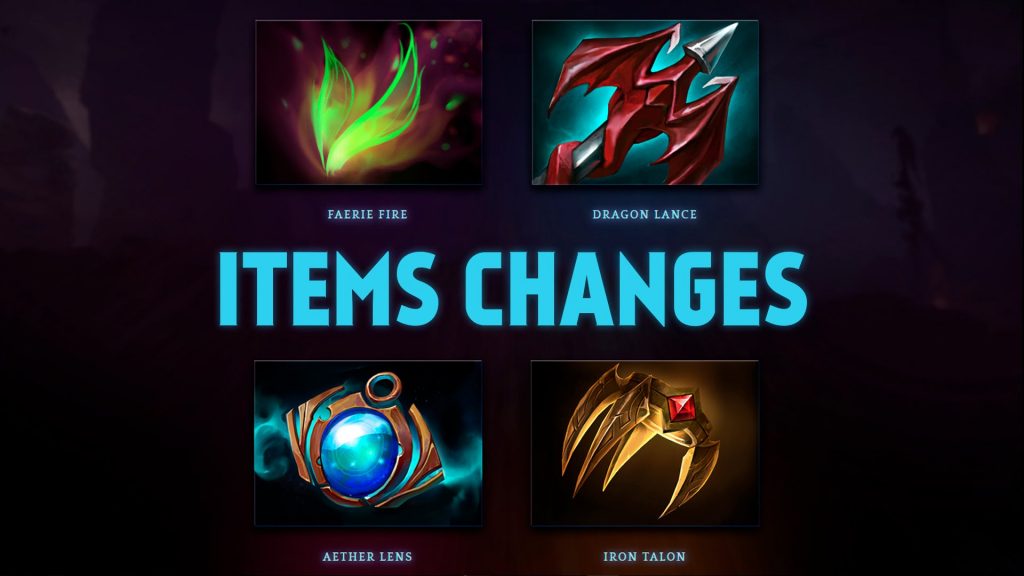I bet you have heard about MOBA at least once in your life, and if you are not involved in the community directly, the rumors surrounding online games are mainly connected with such words as “addiction,” “violence” and “anti-social behavior.” Only in the recent years, people started gaining a more positive outlook on computer games due to the popularization of huge championships such as The International, Dreamhack, and others.
While the general public is growing accustomed to the fact that computer gaming is the future of the entertainment industry, there are still a lot of controversy surrounding spending real money on in-game items. And the fact that purchasable items in MOBAs don’t give you any advantage often send non-gamers into a state of paralysis and triggers a two-hours-long lecture about how useless this activity is. Well, not as useless as you think, and I’m going to give you several reasons why.
Initial Appearance of Dota 2 Items
Ancient legends tell us that first cosmetic items appeared in a spring patch of the distant 2012, probably, one of the May releases. However, it’s hard to find any specific information. The fact that cosmetic items became a new gaming trend is easily proven by the hundreds of items available at the Steam Store and prices of some of them, amounting up to $2000-3000. This appears to be insane even for some gamers, especially if they have never spent a single penny in the game.
Valve developers quickly noticed that gamers eagerly competed in events to get rare ones and. The amount of the virtual goods grew, so as the hype around rare Arcanas and sets, and this led to the first appearance of digital marketplaces with VR commodities.

Item Trading and First Dota 2 Marketplaces
It’s not hard to imagine that some people missed events, others didn’t want to spend a lot of time in-game but still wanted the item – and this is when the laws of offer and demand kick in. There were people who had all the time in the world to spend on the game and people who wanted those exclusive in-game items badly enough to pay for them a decent amount of money. However, at first, every transaction was risky, since there was no one to guarantee you won’t get scammed by a purchaser requesting a payback from PayPal, for example.
After everyone got his or her fair share of disappointment and lost money or in-game valuables, first cross-game trading markets appeared. These platforms allowed gamers to exchange and sell their in-game assets with more safety and reliability than before. Still, first markets had a lot of drawbacks, such as monopolization of the items, overpricing items, etc. And users couldn’t confront the market owners because there was no alternative. Luckily, the situation has changed drastically, and today we have reliable sites with prices set by the laws of demand and offer rather than individuals who want quick money.
Final Thoughts
Once the wheel of progress is running, neither you nor I can stop it regardless of the fact whether we like it or hate it. That’s why I prefer to run along and have a positive outlook on our future, even if it involves “violence-provoking” computer games. Okay, that was sarcasm, but I hope you get my point.
I believe that gaming economy and trading VR goods will become more and more popular, and, like with most investments, it’s better to start early to be on top later. As a part of my strategy, I survey CS:GO skins trading websites and occasionally place a couple of Dota 2 trade items to test the waters. I managed to raise several hundred dollars, which was a nice and necessary bonus right before the Christmas holidays, and I had an overall pleasant experience.
I guess we will whiteness the change of the words “save” and “invest.” Who could have though in-game items once would have real value? Guess what, it’s our prime time, gamers!






